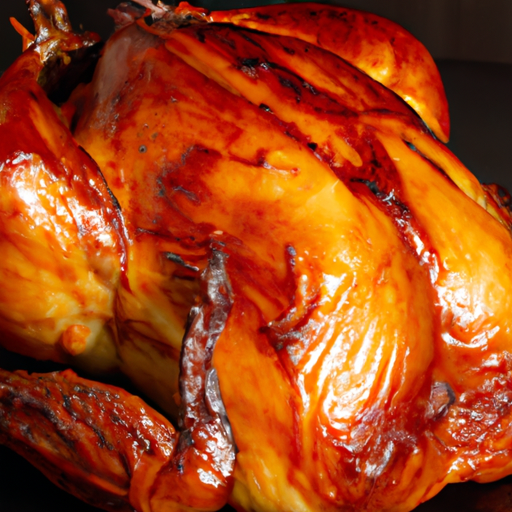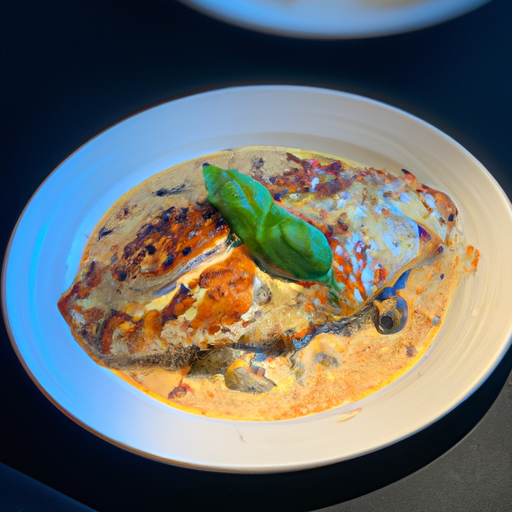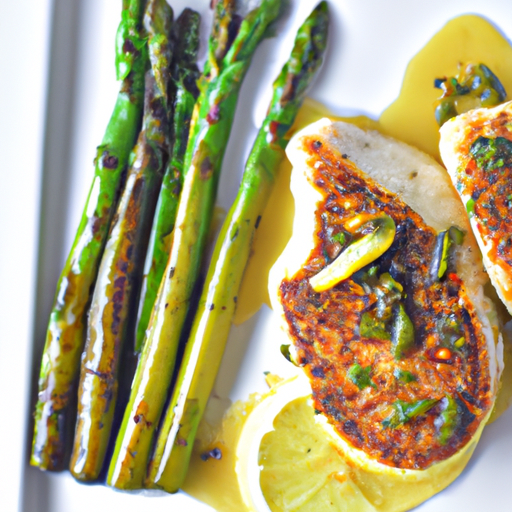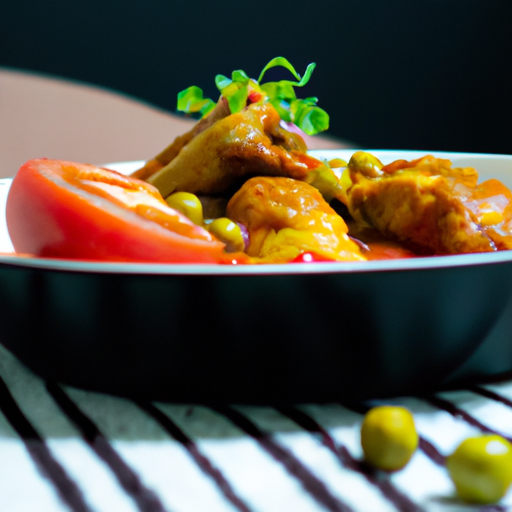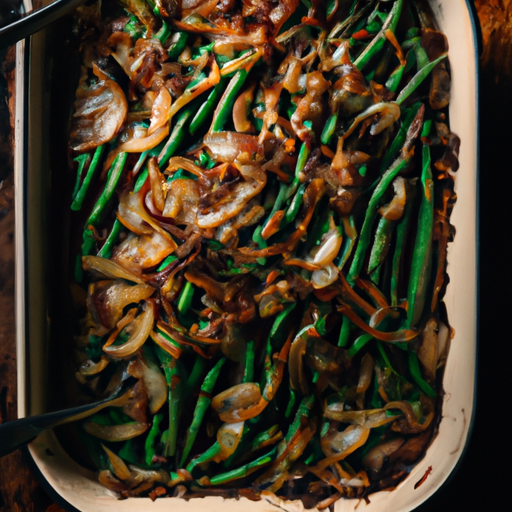Sweet and Spicy Satsuma Turkey
Exploring the preparation of sweet and spicy satsuma turkey is the focus of this piece.
A fusion of flavors, the satsuma turkey dish combines the sweetness of satsuma oranges with a hint of spiciness.
A comprehensive guide is provided, covering the history of satsumas, the necessary ingredients, step-by-step instructions for preparation, and cooking tips for roasting.
With the guidelines provided, readers can successfully create a flavorful and tantalizing satsuma turkey dish.
Satsuma History
The history of Satsuma, a citrus fruit native to Japan, stretches back for centuries. Believed to have originated in the Satsuma province, now known as Kagoshima prefecture, located in the southern region of Japan, the fruit was named after this area due to its mild climate and ideal conditions for citrus cultivation.
Satsumas are well-known for their easy-to-peel skin and sweet, juicy flesh. During the late 19th century, these fruits were introduced to the United States, and since then, have become popular in many parts of the world. Not only enjoyed fresh, Satsumas are also used in a variety of culinary applications, including desserts, salads, and sauces.
Appreciated for their refreshing flavor and bright orange color, Satsumas are a staple in Japanese cuisine, and are adored by many across the globe.
Ingredients for Sweet and Spicy Satsuma Turkey
1 turkey (about 8-10 lbs)
4-5 satsumas, peeled and quartered
2 tablespoons olive oil
2 tablespoons honey
1 teaspoon ground cumin
1 teaspoon chili powder
1 teaspoon ground ginger
1 teaspoon garlic powder
1 teaspoon onion powder
1 teaspoon smoked paprika
Kosher salt and freshly ground black pepper
Instructions
To make this delicious sweet and spicy satsuma turkey, it is essential to carefully follow the given instructions. These instructions will help you create the perfect balance of sweetness and spiciness.
Begin by preheating the oven to 350°F (175°C). In a small bowl, mix together 1/4 cup of honey, 2 tablespoons of soy sauce, 1 tablespoon of sriracha sauce, and the juice of 2 satsuma oranges.
Place the turkey in a roasting pan and brush the sauce mixture generously over the entire turkey. Roast the turkey in the preheated oven for about 20 minutes per pound, or until the internal temperature reaches 165°F (75°C).
By following these instructions, you can make a succulent turkey with the perfect balance of sweetness and spiciness.
Enjoy your delicious sweet and spicy satsuma turkey!
Cooking Tips: Roasting
Cooking for roasting requires preheating the oven to the right temperature and brushing the sauce mixture over the entire poultry. These steps are essential for delivering a flavorful and juicy roasted dish. Preheating the oven ensures that the turkey cooks throughly and evenly, while brushing the sauce mixture gives the poultry a delicious glaze. To help the audience have a better understanding of the cooking process, the following table has been included:
| Cooking Tips for Roasting |
|---|
| 1. Preheat oven to recommended temperature |
| 2. Brush sauce mixture generously over the entire poultry |
| 3. Allow the poultry to rest for a few minutes before carving |
| 4. Use a meat thermometer to ensure the internal temperature reaches the desired level |
| 5. Baste the poultry with the sauce periodically during cooking |
Final Thoughts
In closing, following the suggested roasting tips can deliver a delicious poultry dish.
Roasting is a widely used cooking method for poultry, including turkey, which requires the meat to be cooked in a dry heat environment, typically in an oven.
To ensure a successful roast, preheating the oven to the recommended temperature is essential as it allows for even cooking and prevents undercooking or overcooking.
Additionally, using a meat thermometer to check the internal temperature of the turkey is critical to guarantee it has reached the safe minimum temperature for killing any harmful bacteria.
Basting the turkey with a savory marinade or sauce throughout the cooking process helps to keep the meat moist and adds extra flavor.
Frequently Asked Questions
Can I Use a Different Type of Fruit Instead of Satsuma for This Recipe?
It is possible to substitute a different type of fruit for satsuma in the recipe. However, the choice of fruit may affect the overall flavor profile and may require adjustments to the other ingredients to maintain the desired taste.
How Long Does It Take to Roast a Turkey of This Size?
The roasting time for a turkey of this size depends on several factors, including the oven temperature and the desired level of doneness. Generally, it can take around 3-4 hours to roast a turkey weighing 12-14 pounds.
Can I Substitute Turkey With Chicken in This Recipe?
Substituting turkey with chicken in a recipe requires considering the differences in taste, texture, and cooking times. While turkey and chicken are both poultry, they have distinct flavors and cooking requirements that may affect the overall outcome of the dish.
What Side Dishes Would Pair Well With This Sweet and Spicy Satsuma Turkey?
When considering side dishes to pair with a sweet and spicy satsuma turkey, it is important to choose options that complement the flavors. Options such as roasted vegetables, cranberry sauce, and wild rice would enhance the overall taste of the dish.
Can I Use Dried Satsuma Peel Instead of Fresh Satsuma in This Recipe?
The use of dried satsuma peel instead of fresh satsuma in a recipe is a potential substitution. However, the impact on the flavor profile and overall quality of the dish should be considered. Further experimentation and taste testing may be necessary to determine the best outcome.
Conclusion
In conclusion, the sweet and spicy satsuma turkey recipe offers a delightful combination of flavors. Satsuma, a citrus fruit with a rich history, adds a unique twist to this dish.
The ingredients are simple and easily accessible, making it a convenient choice for a delicious meal. The cooking instructions provide helpful tips for roasting the turkey to perfection.
Overall, this recipe is a great option for those looking to add a touch of sweetness and spice to their Thanksgiving feast.
